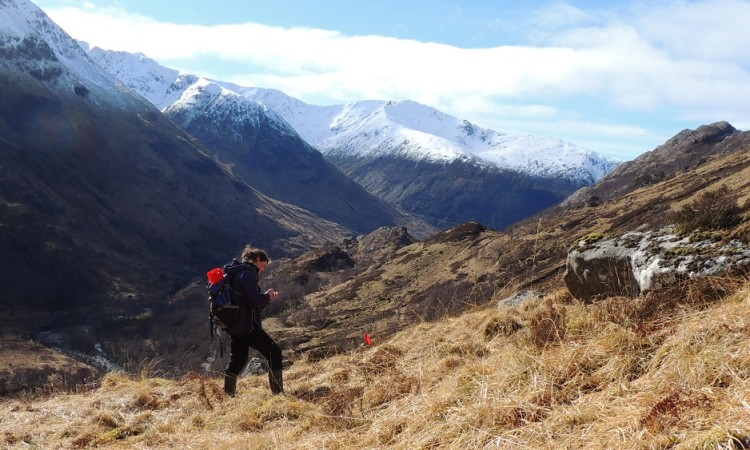About our wild land management standards
Our wild land management standards are designed to achieve ecological balance and integrity on wild land.
We take an holistic approach to wild places, working to protect stunning landscapes and sensitive land from inappropriate development while promoting the return of native woodland and biodiversity. Restoring natural habitats and encouraging native species where appropriate are key aspects of the John Muir Trust‘s wild land management.
Our 28 wild land management standards start from the premise that everything depends on the geology and soil, and the biodiversity that lives on that. Then we build on that to handle the impacts on the land of grazing animals such as sheep and deer. Then come the people, visitors and communities that live on and engage with the land in a huge variety of ways.
Encompassing all this is the management plan, which should enable you as a land manager to see what you’re doing and why you’re doing it – an essential tool for anyone managing wild land.
Our standards have evolved over the years, shaped by our experiences managing our different properties. These encompass a variety of habitats – from native woodland and peat bog to machair, moorland, fell and commercial forestry. Some are remote, some well-trodden, some more suppressed through over-grazing than others.
The UK’s wild land is a valuable resource. We hope our wild land management standards can help it deliver its full potential for the benefit of all.
About our standards
Our 28 standards form the backbone of our wild land management. They fall into six categories:
- Management planning
- Soil, carbon, water
- Biodiversity and woodland
- Deer and livestock
- Facilities, heritage and sustainability
- Communities, visitors and awareness
Our vision for wild land management
We would like to see the majority of the UK’s wild land supporting natural habitats and species.
We envision a diverse landscape of native woodland, sustainable numbers of grazing animals, rich flora and abundant wildlife.
We see the wide open spaces, stunning views, fresh air and clean water that are so important to people’s well-being, being valued and protected.
This is our vision of wild land management.
Standards 1-4: Management planning
A plan is essential to ensure your wild land management has a solid foundation
Learn more